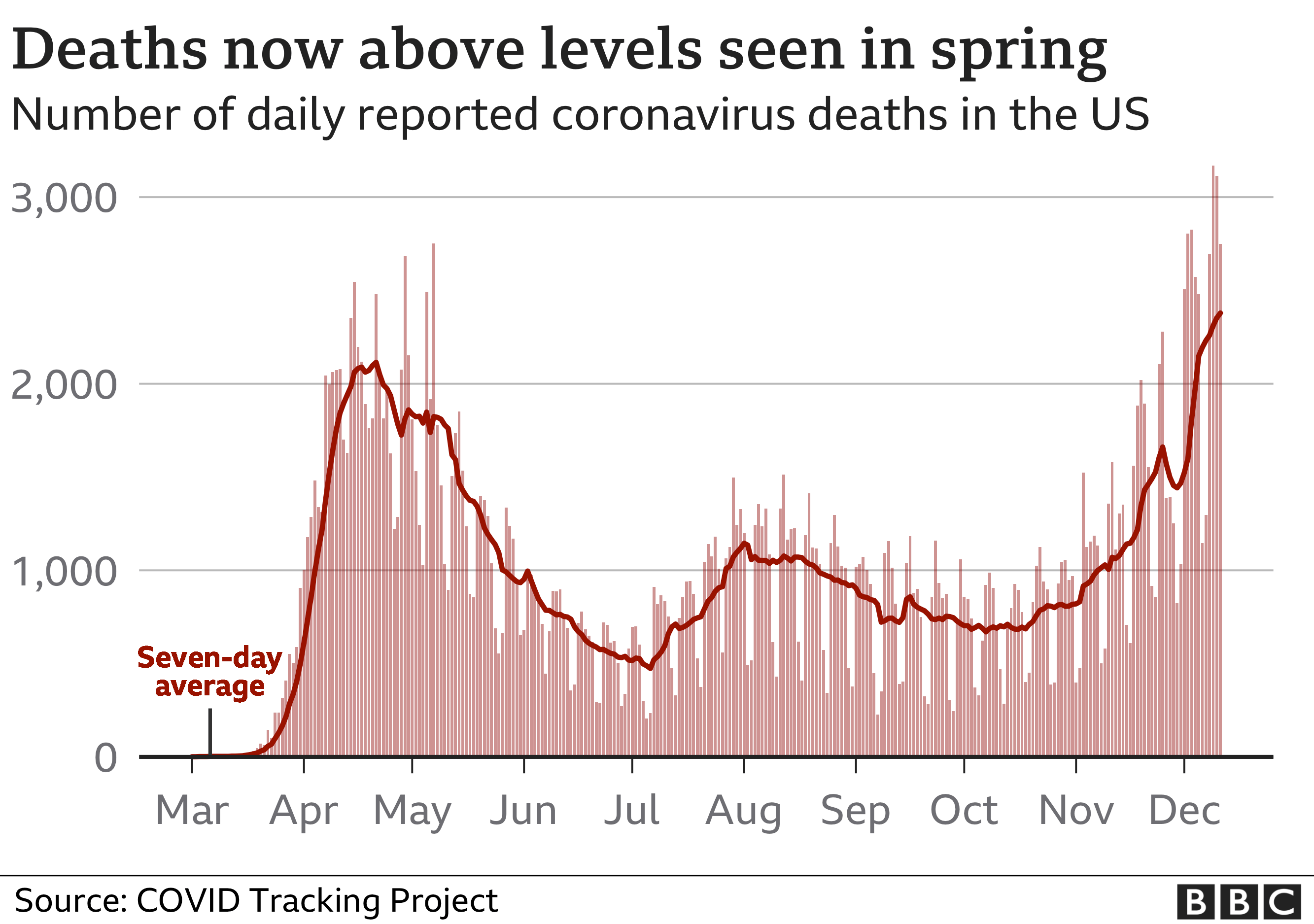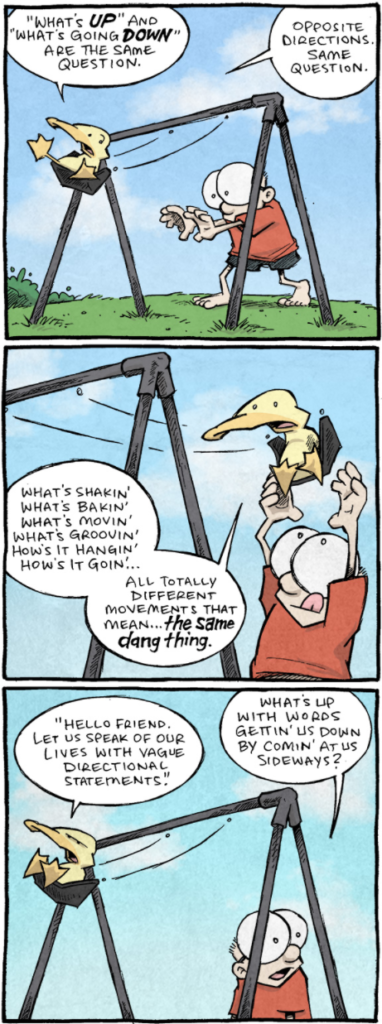How Not to be a Tech Writer
Okay, some of you no doubt know that I’m a technical writer by trade; this site is a hobby. Well, this comic is about a writer, but definitely not a technical writer! This is about the opposite of everything I stand for. I say that writing should be clear, concise, correct, complete, and useful.
—and grant writing is a branch of tech writing. harrumpf!
Request the essay mentioned on the right of this page to see details about those five principles. You can also do a search of those five words in the search box.
Subscribe to this blog's RSS feed
A Good Typesetting Rule, I think
I saw this in a comment in one of my favorite newsletters (October 10, 2021, if you care to look it up), A word A Day.
In typesetting, it is sometimes better to use a symbol rather than a superscript number to indicate a footnote, particularly when your content is mainly numbers to begin with, like math or dates. For dates, it is conventional to use an asterisk for someone’s date of birth and a dagger for a date of death.
Craig Little, Mahwah, New Jersey
My practice has always been to use superscript number for footnotes when you have a lot of them, and an asterisk, dagger, and double dagger when I have three or fewer.
Are You Still Human after You’re Dead?
We don’t refer to people with the pronoun “it.” “It” is strictly for inanimate objects. So what do you think they should use for the pronoun in these sentences?
When the 5,300-year-old mummy of Ötzi the Iceman was found 30 years ago, researchers found 61 tattoos on it.
That’s the summary of the article in the newsletter The Conversation.
Here’s a sentence in the article:
Ötzi the Iceman remained hidden to the world for millennia until two German tourists discovered it 30 years ago in a glacier in the Italian Alps.
https://theconversation.com/what-otzi-the-prehistoric-iceman-can-teach-us-about-the-use-of-tattoos-in-ceremonial-healing-or-religious-rites-168058
Since this pronoun occurs twice, we have a deliberate choice here, not a goof.
Let’s add to the confusion. this sentence also appears in that article:
Ötzi also sported tattoos on his chest.
So. Would you ever refer to a deceased relative with “it”? What do you think about this editorial decision in the article?
Here’s a picture of his/its statue:

Learning Curves
Ever hear someone mention a “steep learning curve” when describing something that’s difficult to master?
Well, that’s wrong!
Think of the bar and line graphs you’ve seen. A pandemic graph, for instance.

The horizontal scale (X axis) on these graphs is pretty much always time. The vertical scale (the Y axis) is whatever you’re measuring. So if you’re measuring how difficult something is, the more difficult, the more time, right? If it’s difficult to learn, it takes longer, right? If it’s easy it takes less time.
That means the steeper the curve, the easier!
I think we say “steep learning curve” for difficult things because of the misaligned analogy with hills. The steeper the hill, the more difficult to climb, right? The gentler the slope, the easier.
Here’s a person who came up with a good replacement for “steep”:
University of California Berkeley nuclear engineering professor Daniel Kammen says he’s hoping nuclear energy can fill some needs that renewables may not resolve. But he points to a stiff “learning curve.”
https://yaleclimateconnections.org/2021/09/what-role-for-small-nuclear-modular-reactors-in-combating-climate-change/
I suppose “tough” and “difficult” would work too. But don’t say “steep”!
Idioms
English (and other languages, of course) has jillions of idioms, common phrases that don’t mean exactly what they say.
Here’s one list:
Can you add to the list?

